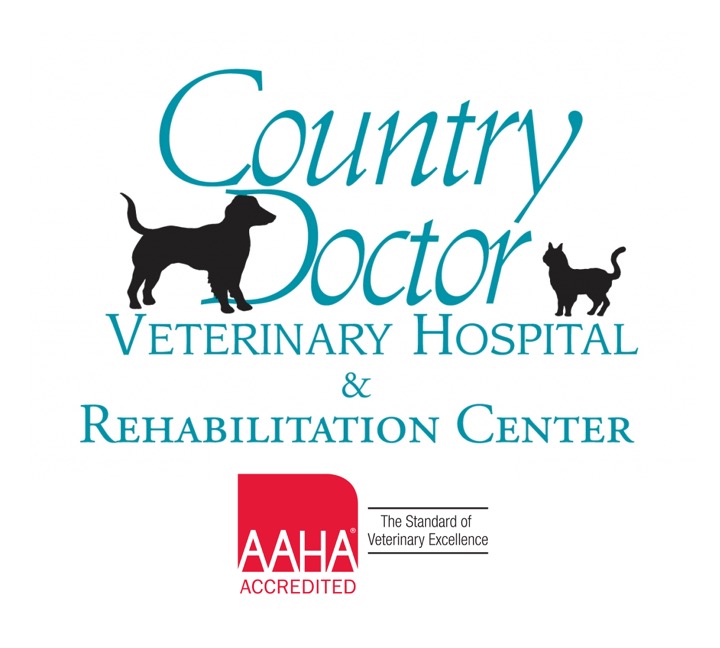Library
-
A wellness examination includes a complete physical examination and discussion about your cat's daily habits and nutrition. Depending on your cat's age, these visits may be recommended annually or more frequently. Lab work such as blood tests, urinalysis, and fecal tests are often recommended to screen for underlying disease. Blood pressure assessment and radiographs of your cat's chest, abdomen, or joints may also be suggested. Prepare for your cat's wellness examination by knowing what food she eats and how much, any supplements or medications they are taking and if anyone in your household has noticed changes or concerns.
-
A wellness examination includes a complete physical examination and discussion about your dog's daily habits and nutrition. Depending on your dog's age, these visits may be recommended annually or more frequently. Lab work such as blood tests, urinalysis, and fecal tests are often recommended to screen for underlying disease. Radiographs of your dog's chest, abdomen, or joints may also be suggested. Prepare for your dog's wellness examination by knowing what food he eats and how much, any supplements or medications he is taking and if anyone in your household has noticed changes or has concerns.
-
Regular wellness exams and laboratory testing are designed to detect hidden disease in cats, allowing for earlier intervention to correct or manage disease. Typical testing in young or middle-aged cats includes complete blood count, biochemistry panel, and urinalysis. These tests can be done in conjunction with your cat’s annual visit to your veterinarian.
-
Regular wellness exams and laboratory testing are designed to detect hidden disease in dogs, allowing for earlier intervention to correct or manage the disease. Typical testing in young or middle-aged dogs include complete blood count, biochemistry panel, urinalysis, and thyroid testing. These tests can be done in conjunction with your dog’s annual visit to your veterinarian.
-
Regular wellness exams and laboratory testing are designed to detect hidden disease in older cats, allowing earlier intervention to manage or slow the progress of the disease. Typical testing in senior and geriatric cats includes complete blood count (CBC) that assesses the red blood cells, white blood cells, and platelets; a biochemistry panel that provides information about the organs, electrolytes, blood sugar, and proteins; urinalysis that assesses kidney function and can identify inflammation or infection in the urinary tract; thyroid testing to identify hyperthyroidism; and blood pressure assessment to identify hypertension.
-
Regular wellness exams and laboratory testing are designed to detect hidden disease in senior dogs, allowing earlier intervention to manage or slow the progress of the disease. Typical testing in senior and geriatric dogs includes complete blood count (CBC) that assesses the red blood cells, white blood cells, and platelets; a biochemistry panel that provides information about the organs, electrolytes, blood sugar, and proteins; urinalysis that assesses kidney function and can identify inflammation or infection in the urinary tract; and a thyroid test to screen for hypothyroidism.
-
The West Nile Virus (WNV) is transmitted by the bite of a mosquito (primarily Culex species) that is infected with the virus. Birds are both susceptible to the virus and can act as a host, though indigenous birds such as owls, hawks, eagles, crows, and jays appear to be most at risk in comparison to pet birds. There is no specific treatment once a bird is infected so prevention is of high importance.
-
Compounded medications are not approved by federal authorities. They are medications that have been altered to provide more accurate dosing or easier administration. They have not been tested for safety, stability, potency, or efficacy.
-
Cancer is the result of genetic damage to cells. While some breeds may be more predisposed to certain forms of cancer, age-related changes and environmental factors are also often at fault. Some tests can be performed to determine the type of cancer present. Treatment options are available but do not necessarily cure cancer.
-
Palatability refers to how good a pet food or treat tastes, and it is based on the preferences of a dog or cat. Palatability is a combination of how a product smells, tastes, and feels. Pet food companies spend a lot of time and money studying how to improve the palatability of their products. This article addresses several commonly asked questions about the "how", "what", and "why" of making pet foods as tasty as they can be.

